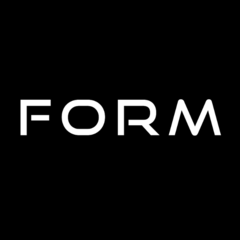Buying a home is an exciting undertaking for anyone, and while traditional mortgages are usually the go-to option, in a high interest rate environment there are alternative sources that can be tapped into to provide some relief. Compass Top Agent, Leonard Steinberg, recently sent out a newsletter shedding light on some alternative sources of capital buyers can utilize.
- Selling Assets to Generate Cash – Sell stocks, bonds, partnerships, jewelry, art, etc. to generate cash and reduce the mortgage amount. This should be done with caution, and under supervision of a financial advisor but there are some scenarios in which this option makes a lot of sense. If you’re 59.5 and older, or a first time home buyer, you can withdraw money from your 401K, Roth IRA, and other retirement accounts to use. First time home buyers can take as much as $10,000 per person out of their retirement accounts (for example, a couple could withdraw $20,000 total), without having to pay the 10% penalty tax for early withdrawal. Keep in mind, you will have to pay income tax on the money withdrawn and first time home buyers have to use the money withdrawn on a home purchase within 120 days. Also, when considering this option, be sure to note that selling assets that have appreciated in value triggers capital gains taxes.
- Margin Loans – This is for the buyer who wants to avoid capital gains taxes. It is a loan based on the value of your owned assets and equities, and is a great option for buyers who are self-employed or lack sufficient documentation to qualify for a traditional loan.
- Cross-collateralizing – Multiple assets are used as security for this loan. WSJ broke it down as such: if you were to buy a $1 million home with a traditional mortgage at an 80% loan-to-value ratio, you’d qualify for an $800,000 mortgage and have to come up with $200,000 in cash. If you own another home free and clear, by using a cross-collateral loan, the lender would combine the appraised values of both homes and finance up to 70%, the maximum loan-to-value ratio lenders use who offer cross-collateral loans. Let’s say your other home is worth $500,000, you would qualify for a $1,050,000 loan (70% x $1.5 million), allowing you to get 100% financing for the million-dollar purchase. These loans do not require private mortgage insurance. The lender will mortgage both properties to secure the loan and the interest rate is usually comparable to a traditional mortgage.
- Borrowing money from a relative or friend – If you are someone who this is an option for, potentially accelerating inheritance, or gifting.
- Partnering – Buy a house with a relative or friend. Partner with someone in the purchase and ownership, and upon resell split the profit. CNBC reported seeing an increase in unmarried couples buying homes together. Get creative with it, talk to friends, parents cousins.
We’re here to help you understand all of your options when making real estate decisions. Interested in setting up a call? Let’s connect. Send us a message today to set up a 15 minute consultation.




